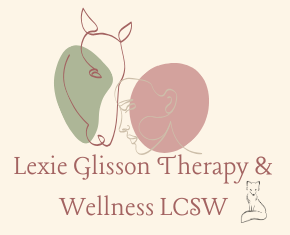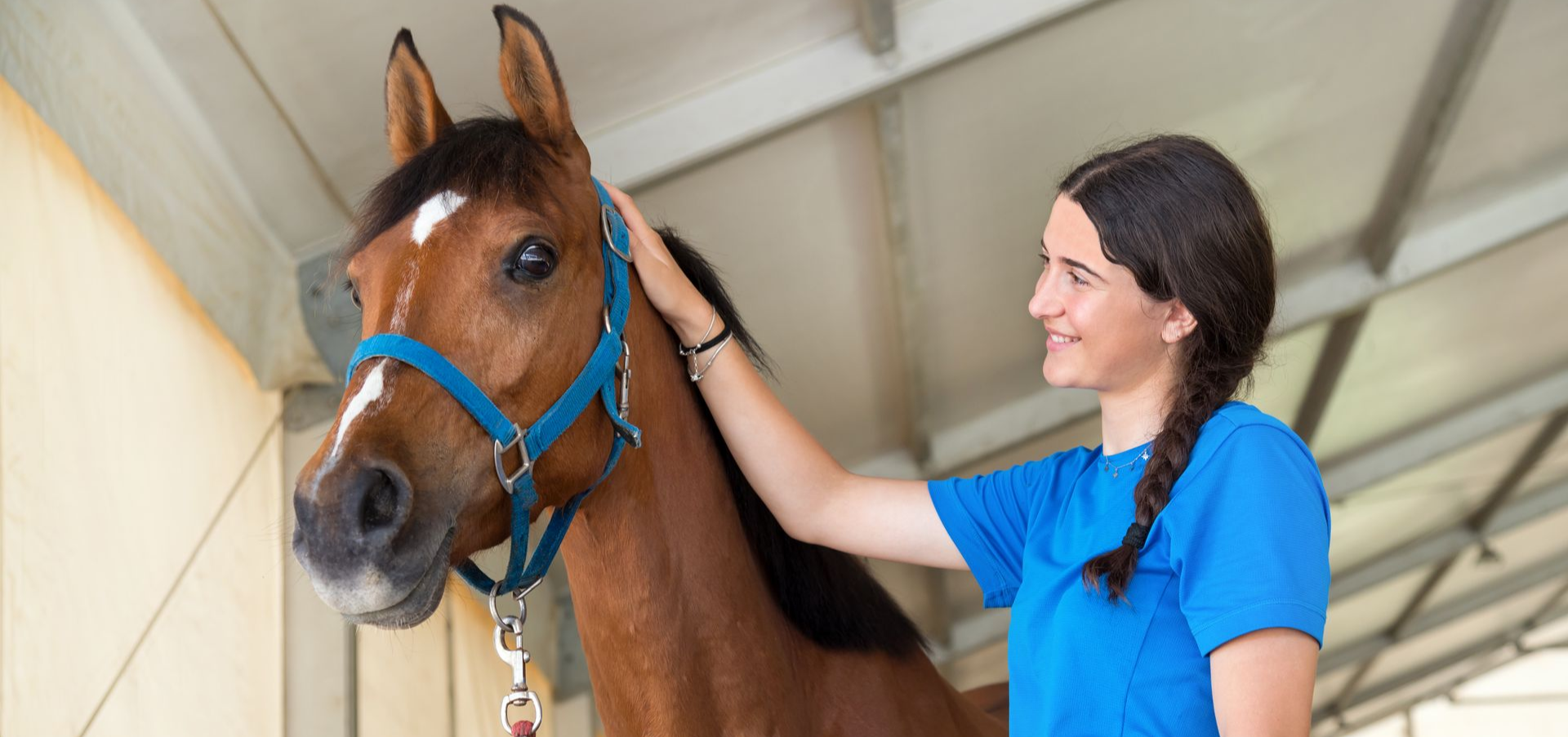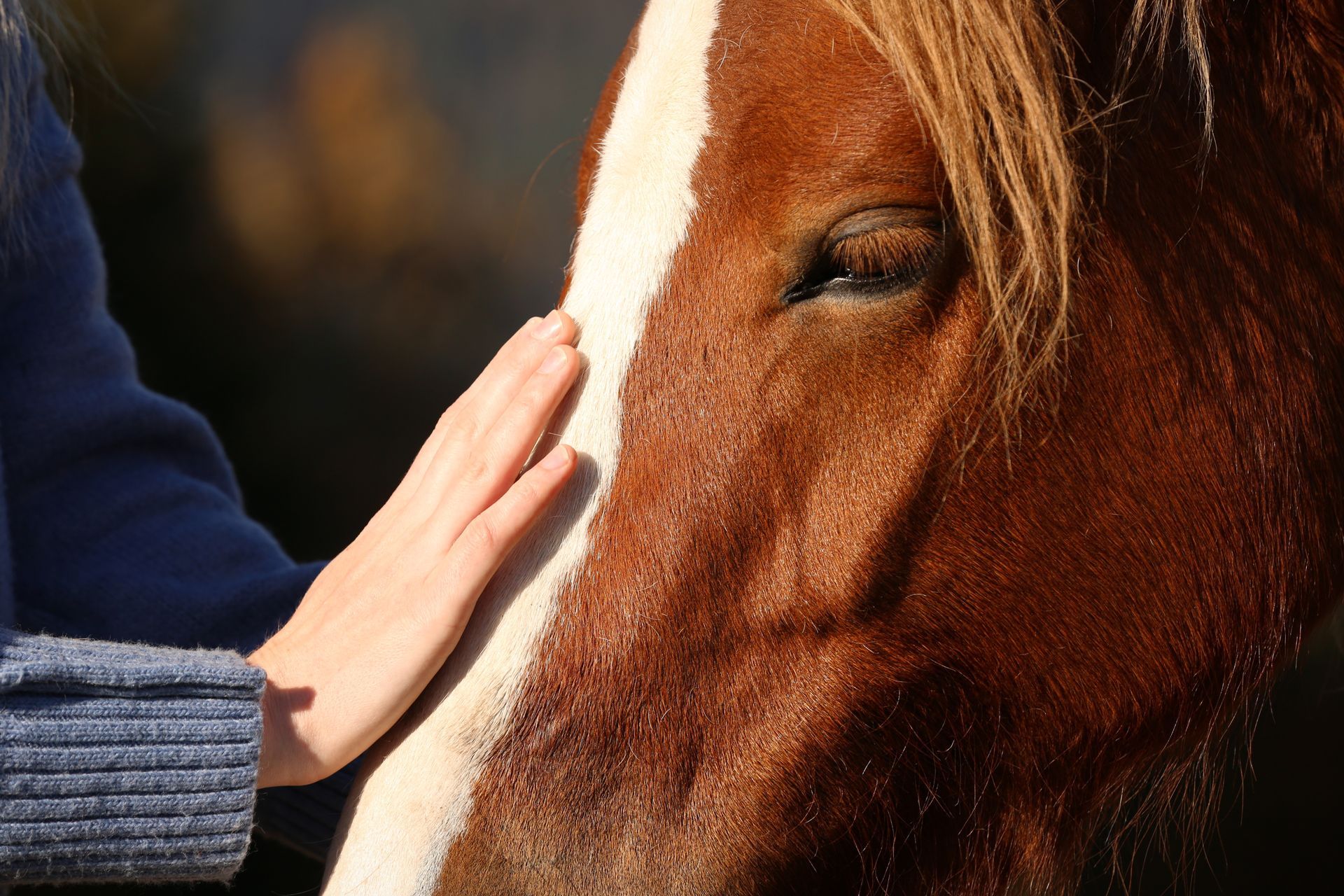Eye Movement Desensitization and Reprocessing (EMDR) therapy has helped countless individuals heal from trauma, anxiety, and other emotional struggles. While EMDR is widely known for its ability to transform lives, many people don’t fully understand the science behind how it works. In this blog, we’ll dive into the neuroscience of EMDR and explain in simple terms how bilateral stimulation—the key element of the therapy—facilitates healing by processing distressing memories.
What is Bilateral Stimulation in EMDR?
At the heart of EMDR therapy is a process called bilateral stimulation (BLS). During EMDR sessions, the therapist guides the client to recall a distressing memory while engaging in a form of BLS, which typically involves eye movements, tapping, or auditory tones that alternate between the left and right sides of the body or brain. This bilateral stimulation mirrors the natural rhythms that occur during Rapid Eye Movement (REM) sleep, which is known for its role in memory processing and emotional regulation.
So, what does all of this have to do with healing? Let’s take a look at how these brain-based mechanisms work.
How Does Trauma Affect the Brain?
Our brains are powerful organs, but when we experience trauma, our neural pathways can become “stuck” in a state of high emotional activation. This means that memories related to traumatic events often get stored in the brain in an incomplete or fragmented way. As a result, when we try to recall these memories, we can become overwhelmed by the intense emotions attached to them.
In normal circumstances, the brain is able to process memories and integrate them into our understanding of the world. However, during trauma, the emotional response can be so intense that the brain’s natural processing system becomes overwhelmed, and the memory remains “stuck” in the emotional brain, which can lead to symptoms like flashbacks, nightmares, and emotional triggers.
How Does Bilateral Stimulation Help the Brain Process Trauma?
The process of bilateral stimulation helps to “unlock” this stuck memory by re-engaging the brain’s natural processing systems. Here’s how it works:
- Stimulating Both Sides of the Brain: Bilateral stimulation involves activating both hemispheres of the brain simultaneously. The left hemisphere is typically responsible for logic, language, and reasoning, while the right hemisphere governs emotions, imagination, and creativity. By stimulating both sides, BLS helps the brain process trauma in a more balanced way, integrating the emotional and cognitive aspects of the experience.
- How Does Bilateral Stimulation Mimic REM Sleep? During sleep, particularly in the REM stage, our brains naturally process emotional memories and integrate them. Bilateral stimulation in EMDR mimics the brain activity that occurs during REM sleep, helping the brain process and reframe traumatic memories without needing the client to relive the trauma in detail. This makes EMDR different from traditional talk therapy, where clients often have to retell their traumatic experiences over and over again.
- Can Bilateral Stimulation Reduce Emotional Intensity? By engaging both sides of the brain and activating natural memory processing systems, bilateral stimulation helps to reduce the emotional intensity of distressing memories. It’s as if the brain is able to file away these memories in a way that’s less distressing and more manageable, making it easier for the individual to move on with their life.
- Does Bilateral Stimulation Rewire Neural Pathways? The more a memory is processed through bilateral stimulation, the more the brain’s neural pathways are rewired to store the memory in a less emotionally charged way. Over time, this reduces the triggers and negative associations that come with the trauma, leading to emotional relief.
What Does Research Say About the Neuroscience of EMDR?
Studies have shown that EMDR is a highly effective treatment for trauma and PTSD, and much of its success can be attributed to the way bilateral stimulation influences the brain. For example, research conducted by Dr. Francine Shapiro, the founder of EMDR, revealed that bilateral stimulation has a direct impact on the limbic system, which is the part of the brain responsible for processing emotions.
One study published in the Journal of Traumatic Stress found that after just a few sessions of EMDR, people with PTSD showed significant reductions in the activation of the amygdala—the part of the brain that controls the “fight or flight” response. As the amygdala calms down, it becomes easier for individuals to process memories without the intense emotional reactions that often accompany trauma.
Additionally, functional MRI (fMRI) scans have shown that EMDR significantly changes how the brain processes traumatic memories. Researchers have found that EMDR increases prefrontal cortex activity, which is responsible for executive functions like decision-making and emotional regulation. This suggests that EMDR doesn’t just calm the emotional brain; it helps people make sense of their traumatic memories in a way that reduces their impact on day-to-day life.
Why Does EMDR Work So Well for Trauma?
Trauma can disrupt normal brain function, especially when the event is so distressing that it prevents the brain from fully processing the experience. What sets EMDR apart from other therapies is that it doesn’t just work on the emotional level—it helps the brain reorganize the way it stores and processes memories. By using bilateral stimulation, EMDR enables the brain to reprocess traumatic memories in a way that makes them less emotionally charged, helping individuals move from a state of survival to a state of healing.
How Can I Understand EMDR in Simpler Terms?
Think of your brain like a computer. When you experience a trauma, it’s like downloading a file that is incomplete or corrupted. Your emotional brain is trying to process that file, but because it’s not functioning correctly, the file gets stuck and causes problems.
Bilateral stimulation is like hitting the “refresh” button on your computer. It reboots the system, allowing the brain to reprocess and fix the corrupted file (the traumatic memory). Once the system is working properly, the file can be stored in a way that no longer causes distress.
Final Thoughts
The science behind EMDR therapy reveals that its success is rooted in the brain’s ability to process and rewire traumatic memories with the help of bilateral stimulation. By engaging both hemispheres of the brain and mimicking the brain’s natural REM sleep processes, EMDR provides a powerful way to heal from trauma, anxiety, and other emotional struggles.
If you’re curious about how EMDR could work for you, or you want to learn more about the science behind this transformative therapy, reach out today to schedule a consultation. Healing is possible, and EMDR might just be the key to unlocking your path to recovery.










